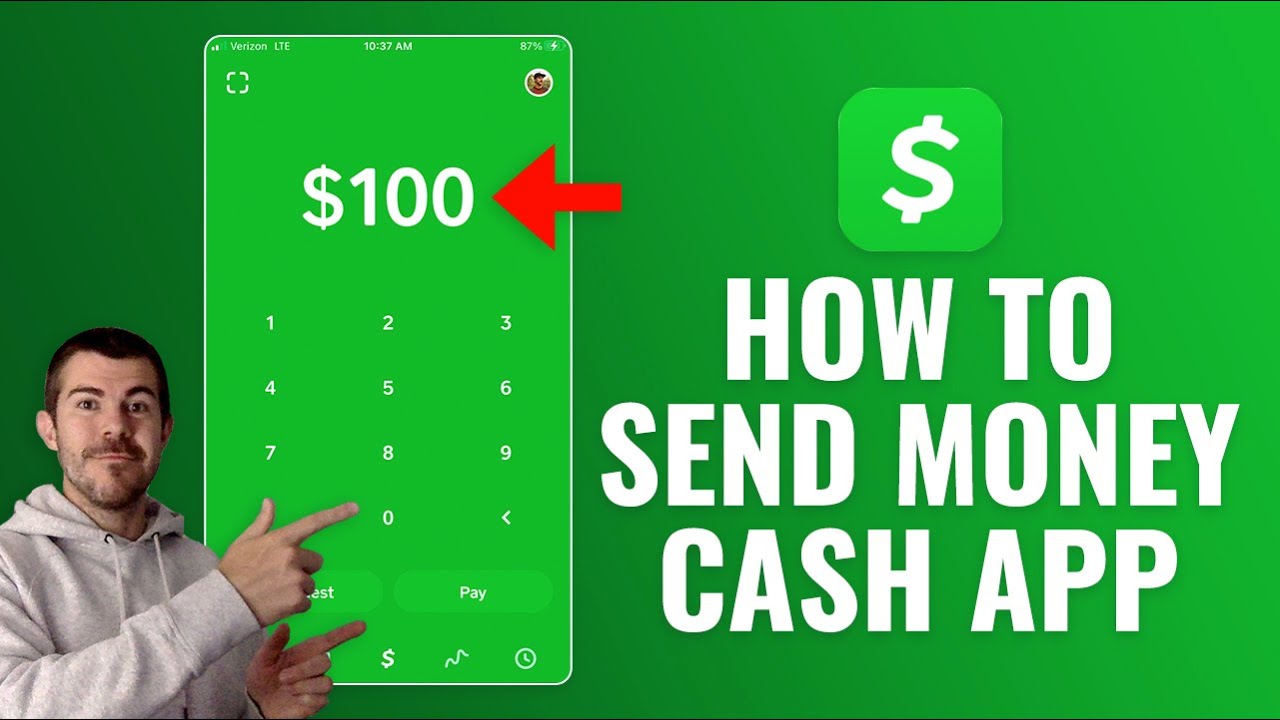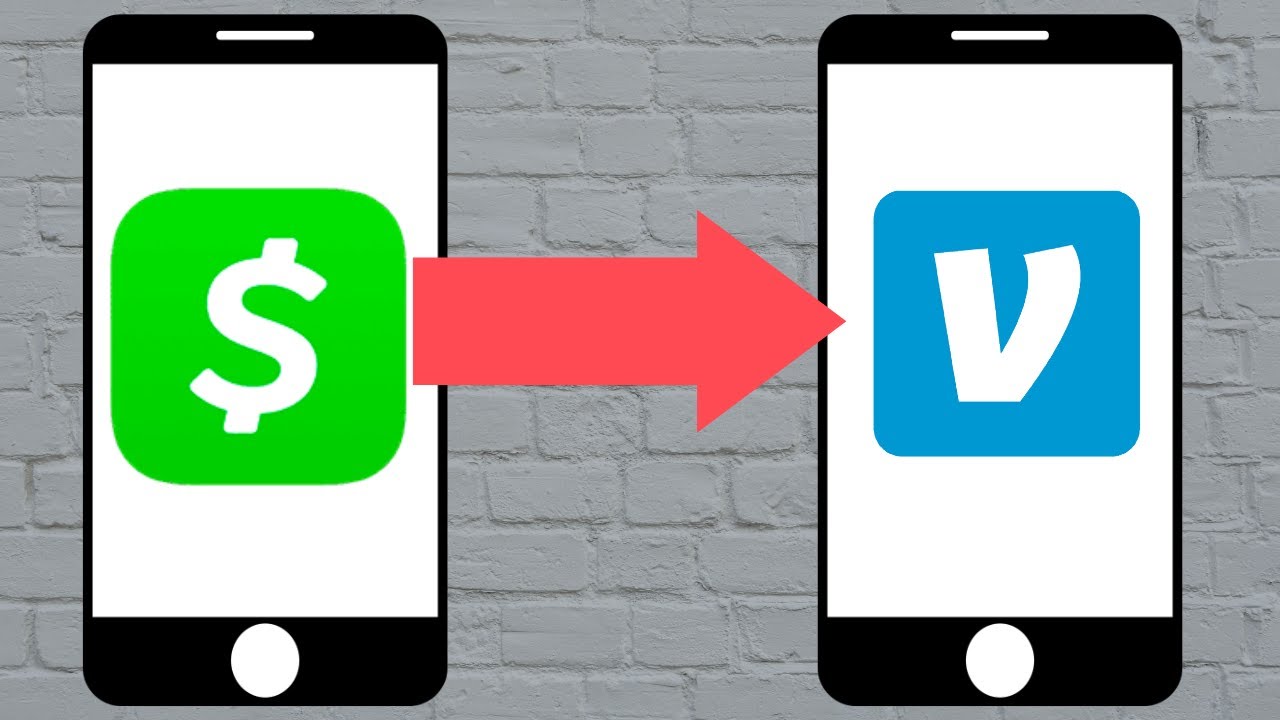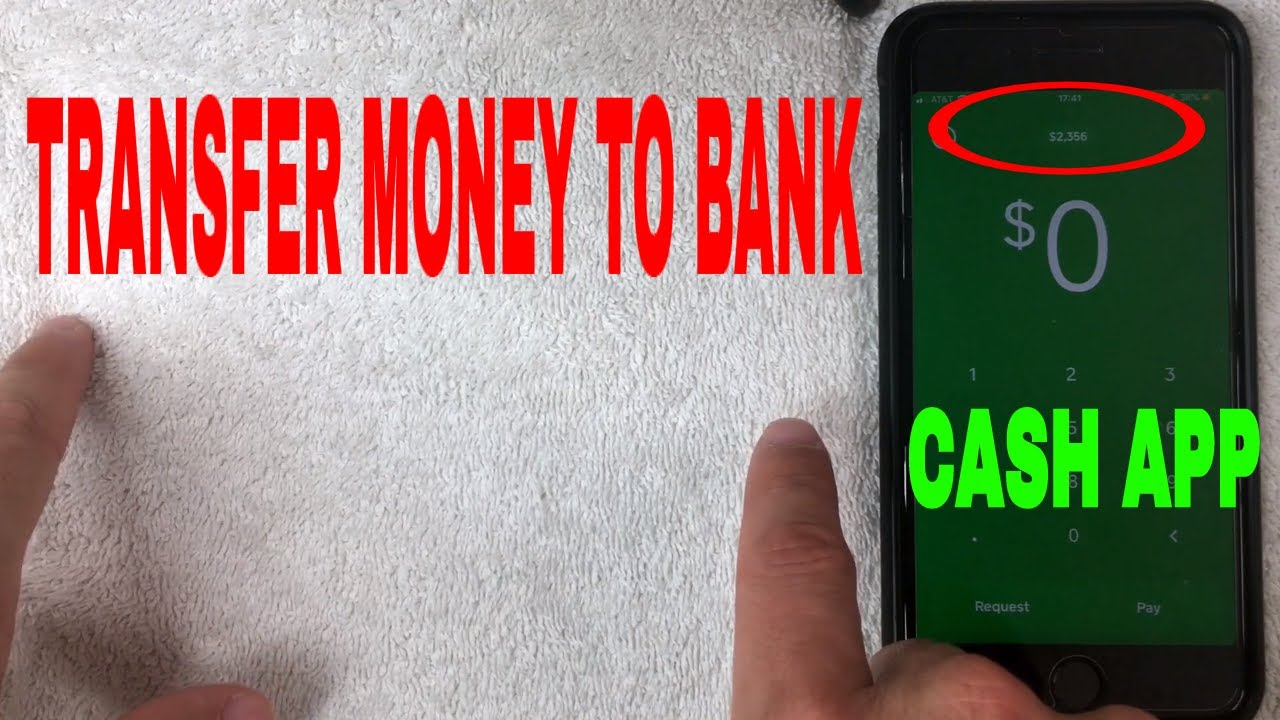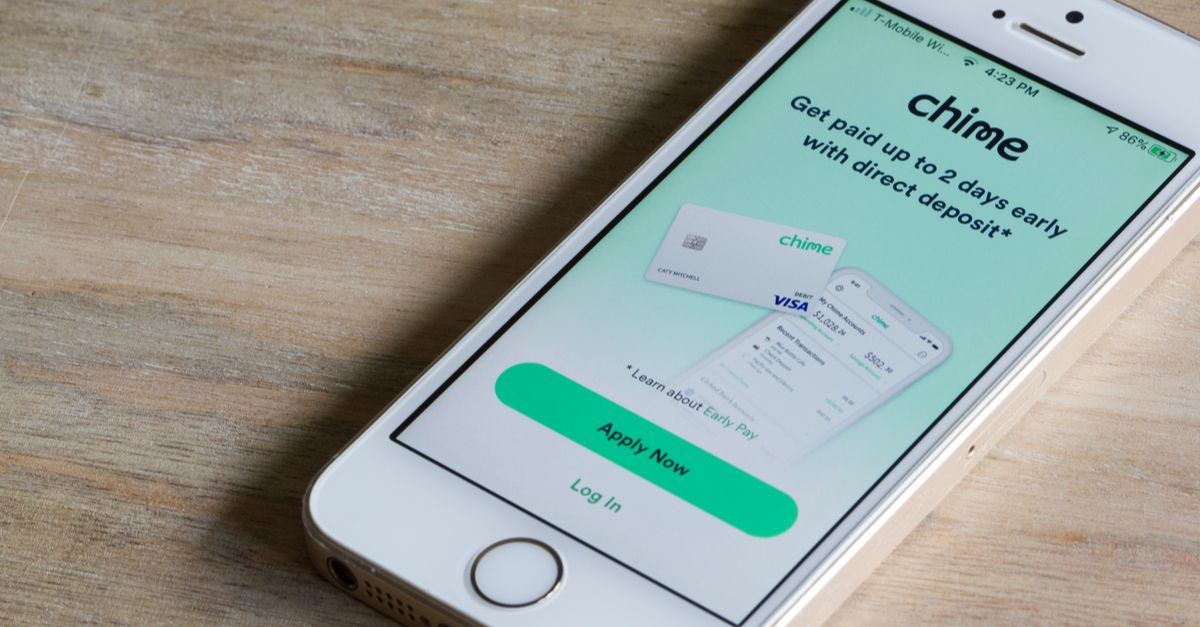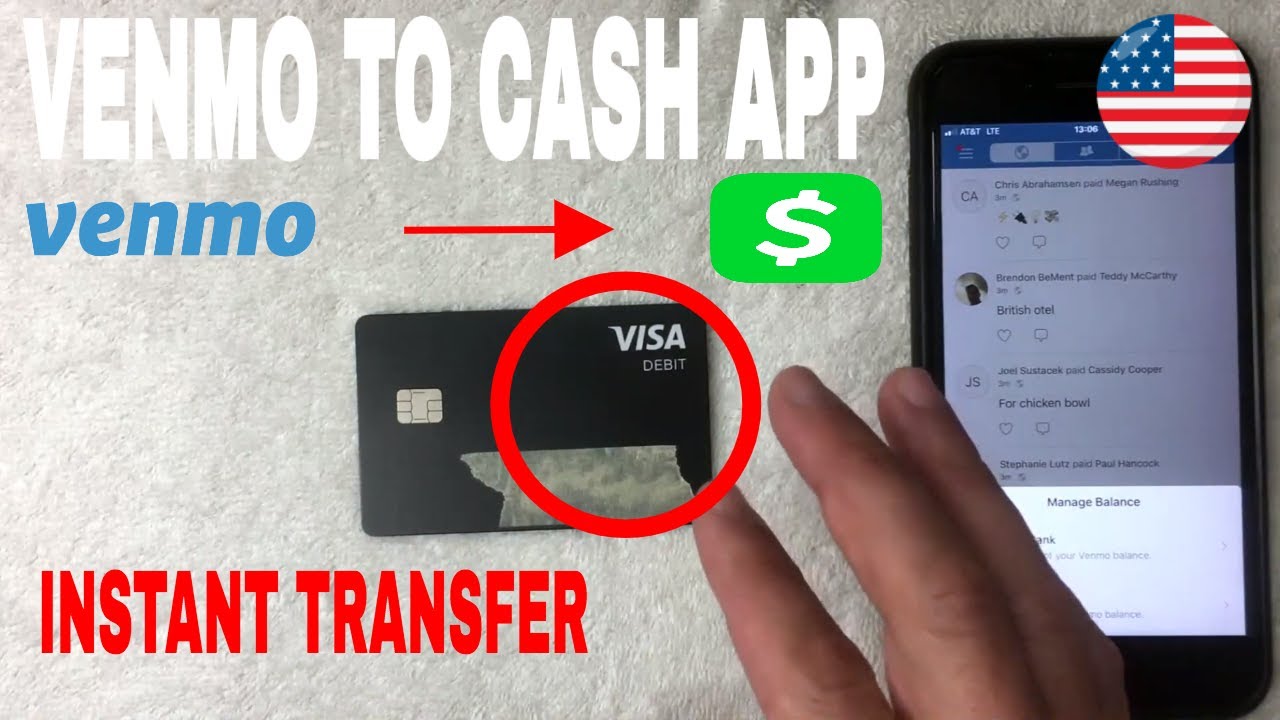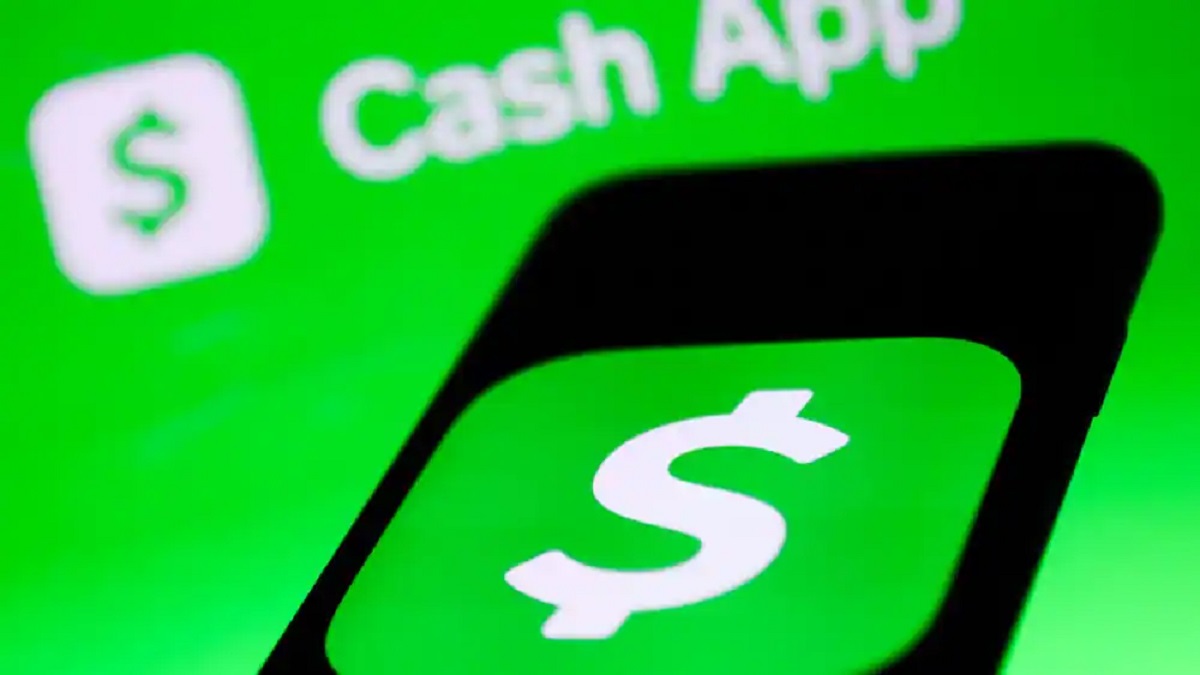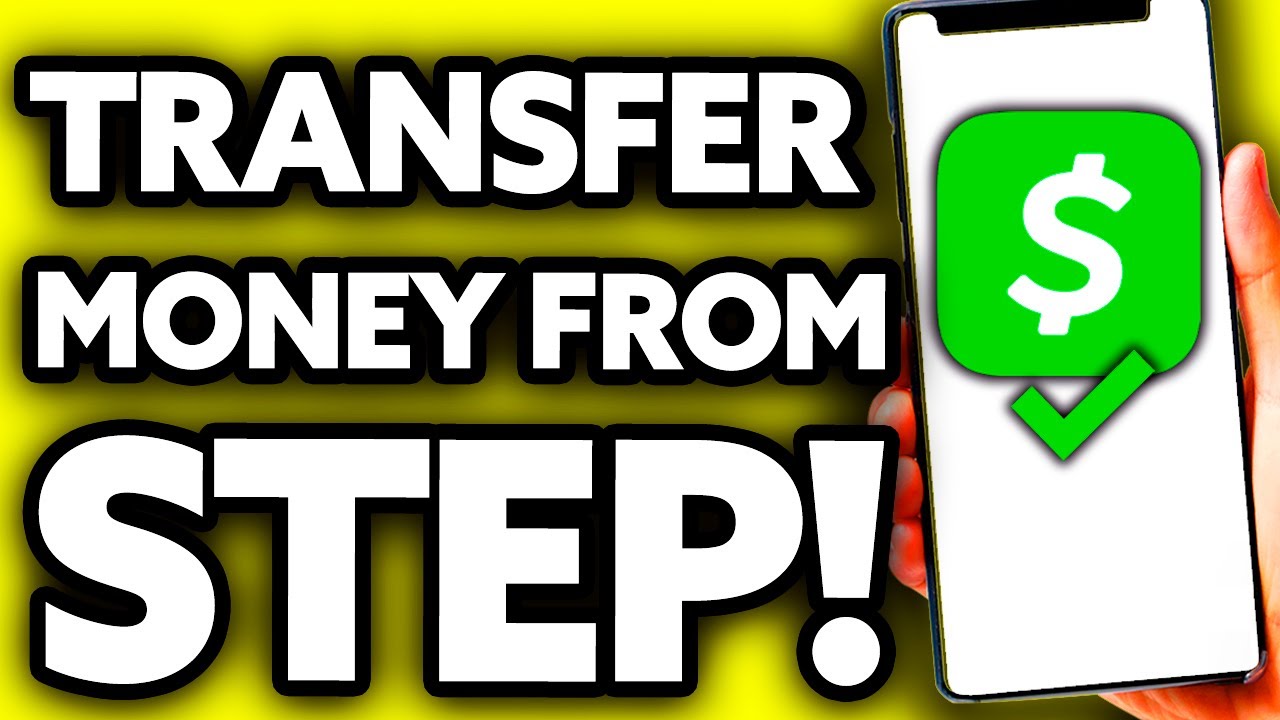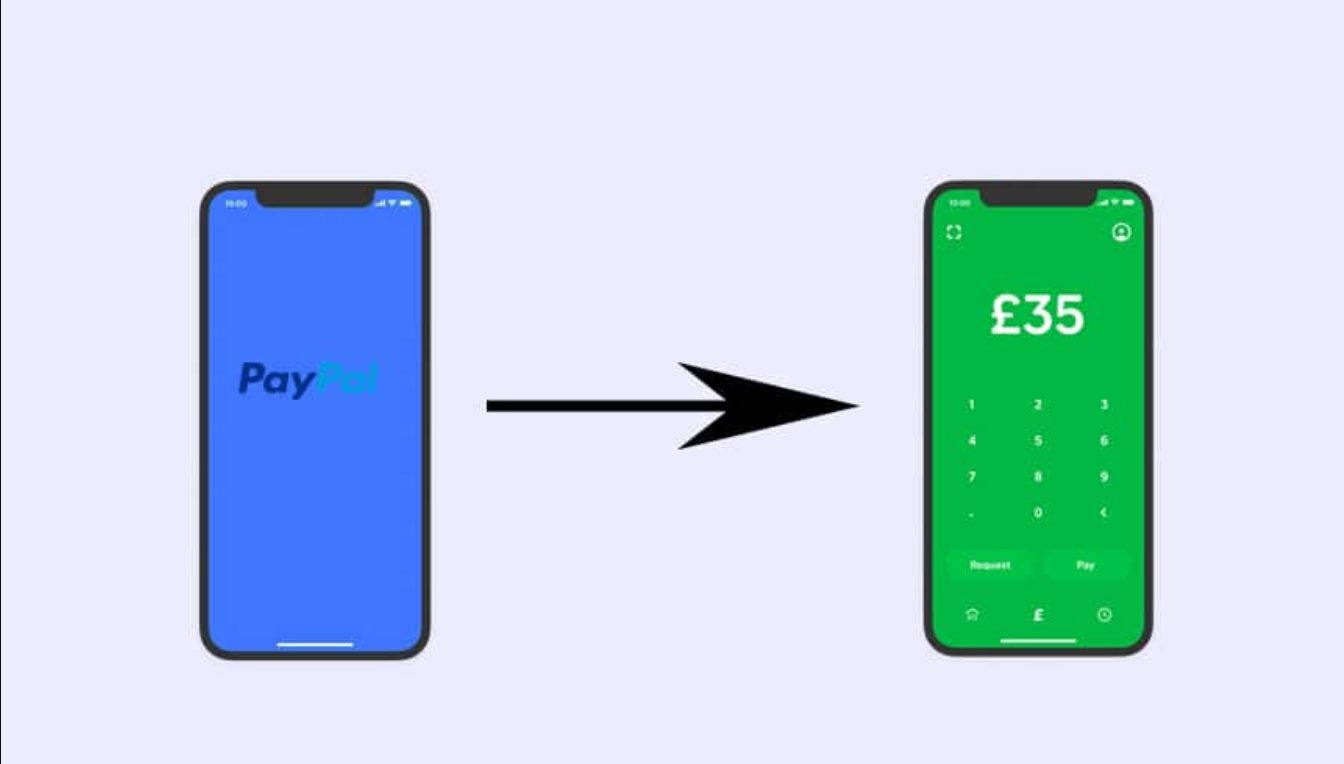Introduction
Welcome to this guide on how to transfer money to Cash App! In today’s digital age, online payment platforms have become increasingly popular for their convenience and ease of use. Cash App is one such platform that allows you to send and receive money instantly, making it a preferred choice for millions of users.
Whether you want to split a bill with friends, pay for goods and services, or simply send money to a family member, Cash App provides a seamless and secure way to transfer funds. With its user-friendly interface and robust features, you’ll find it straightforward to navigate and complete transactions.
In this article, we will walk you through the process of setting up a Cash App account, linking your bank account, adding money to your Cash App balance, sending money to another Cash App user, and withdrawing money to your bank account. We’ll also cover fees and limits, as well as troubleshooting common issues that you may encounter.
By the end of this guide, you’ll have a solid understanding of how to use Cash App to transfer money effortlessly and with confidence. So, without further ado, let’s dive in and get started with creating your Cash App account!
Setting Up a Cash App Account
Before you can start transferring money with Cash App, you’ll need to set up an account. Follow these steps to get started:
- Download the Cash App: Start by downloading the Cash App on your smartphone. It’s available for both iOS and Android devices and can be found in the respective app stores.
- Create an account: Open the app and click on the “Sign Up” button. You’ll be prompted to enter your email address or phone number. Choose your preferred option and follow the on-screen instructions to create an account.
- Verify your account: To ensure the security and validity of your account, Cash App will send you a verification code via email or SMS. Enter the code into the app to verify your account.
- Choose a unique $Cashtag: A $Cashtag is a unique username associated with your Cash App account. Select a name that’s easy to remember and type. This will serve as your identifier when receiving money.
- Link your bank account: To fully utilize Cash App’s features, link your bank account to your Cash App account. This will enable you to add money to your Cash App balance and withdraw funds to your bank account.
Once you’ve completed these steps, you’re ready to start using Cash App to transfer money conveniently and securely. Keep in mind that Cash App may require additional verification information, such as your full name, date of birth, and Social Security Number, to comply with regulatory requirements and enhance the security of your transactions.
Now that your account is up and running, let’s move on to linking your bank account to your Cash App account.
Linking Your Bank Account
Linking your bank account to your Cash App account is a simple process that allows you to securely add money to your Cash App balance and withdraw funds to your bank account. Here’s how you can do it:
- Open the Cash App: Launch the Cash App on your smartphone and log in to your account using your email address or phone number.
- Access your profile: Once you’re logged in, locate and tap on the profile icon or the avatar icon at the top left corner of the screen.
- Select “Add a Bank”: In your profile settings, scroll down and find the “Add a Bank” option.
- Choose your bank: Cash App supports a wide range of banks, so select your bank from the list or search for it by typing the name in the search bar.
- Link your account: Follow the prompts to securely link your bank account to your Cash App by providing your online banking credentials or other requested information.
- Verify your account: In some cases, Cash App may require additional verification to ensure the authenticity of your bank account. This may involve confirming small test deposits or other verification methods.
Once your bank account is successfully linked, you’ll be able to add money to your Cash App balance. This will enable you to send money to other Cash App users, make purchases with your Cash Card, or transfer funds to your bank account. It’s important to note that only one bank account can be linked to your Cash App account at a time.
Now that your bank account is linked, let’s move on to the next step: adding money to your Cash App account.
Adding Money to Your Cash App Account
Adding money to your Cash App account is a straightforward process that allows you to have funds readily available for transactions. Follow these steps to add money to your Cash App balance:
- Open the Cash App: Launch the Cash App on your smartphone and log in to your account.
- Locate the “My Cash” tab: On the home screen of the app, you’ll find a tab labeled “My Cash.” Tap on it to proceed.
- Tap on “Add Cash”: Within the “My Cash” section, you’ll see an option to “Add Cash.” Tap on it.
- Enter the amount: Specify the amount of money you wish to add to your Cash App account. You can either type in the amount manually or use the plus/minus buttons to adjust the value.
- Confirm with your PIN or Touch ID: To ensure the security of your transaction, Cash App may prompt you to enter your PIN or use your device’s biometric authentication (Touch ID or Face ID).
- Choose the funding source: If you have linked multiple bank accounts or cards to your Cash App, you’ll be prompted to select the source from which you want to transfer the money.
- Complete the transaction: Review the details of the transaction, including the amount and funding source. Once you’re satisfied, confirm the transfer to add money to your Cash App account.
Once the transaction is completed, the designated amount of money will be added to your Cash App balance, visible in the “My Cash” tab. You can now use this balance to send money to other Cash App users, make purchases using your Cash Card, or withdraw funds to your linked bank account.
It’s worth noting that there may be certain limits on the amount you can add to your Cash App account within a specified time period. These limits can vary depending on factors such as your account verification status and transaction history.
Now that you know how to add money to your Cash App account, let’s explore the process of sending money to another Cash App user.
Sending Money to Another Cash App User
One of the key features of Cash App is the ability to send money to other Cash App users instantly. Whether you need to reimburse a friend, split a bill, or send money to a family member, Cash App makes it easy and convenient. Here’s how you can send money to another Cash App user:
- Open the Cash App: Launch the Cash App on your smartphone and log in to your account.
- Tap on the “Cash” button: From the home screen, locate and tap on the “Cash” button at the bottom center of the app.
- Enter the amount: Specify the amount of money you want to send to the recipient. You can either type in the amount manually or use the plus/minus buttons to adjust the value.
- Enter the recipient’s $Cashtag or phone number: To send money to a specific Cash App user, you’ll need to enter their $Cashtag (unique username on Cash App) or their phone number linked to their Cash App account.
- Add a note (optional): If you want to provide additional context or a description for the transaction, you can add a note in the “For” field.
- Review and confirm the transaction: Double-check the details of the transaction, including the amount and the recipient’s information. Once you’re satisfied, tap on the “Pay” button to confirm the transfer.
- Verify with your PIN or Touch ID: For added security, Cash App may ask you to enter your PIN or use biometric authentication (Touch ID or Face ID) to authorize the transaction.
Once the transaction is completed, the recipient will receive a notification on their Cash App account indicating that they have received money from you. The transferred amount will be instantly available in their Cash App balance, allowing them to use it for their own transactions or withdraw it to their linked bank account.
It’s important to note that sending money to another Cash App user is typically free of charge. However, Cash App may impose fees for certain types of transactions, such as sending money internationally or using a credit card to fund the payment. Be sure to review the fees and limits section in the app or on the official Cash App website for detailed information.
Now that you know how to send money to another Cash App user, let’s move on to the process of withdrawing money from your Cash App account to your bank account.
Withdrawing Money to Your Bank Account
With Cash App, you have the flexibility to withdraw funds from your Cash App balance and transfer them to your linked bank account. This feature allows you to access your money easily and use it as you need. Here’s how you can withdraw money from your Cash App account:
- Open the Cash App: Launch the Cash App on your smartphone and log in to your account.
- Tap on the “Banking” tab: From the navigation menu at the bottom of the app, select the “Banking” tab.
- Select “Cash Out”: Within the “Banking” section, you’ll see an option to “Cash Out.” Tap on it to proceed with the withdrawal.
- Enter the amount: Specify the amount of money you wish to withdraw from your Cash App balance. You can either type in the amount manually or use the plus/minus buttons to adjust the value.
- Choose your bank account: If you have multiple bank accounts linked to your Cash App, select the desired account where you want to transfer the funds.
- Review and confirm the transaction: Double-check the withdrawal details, including the amount and the destination bank account. Once you’re sure everything is correct, tap on the “Cash Out” button to initiate the transfer.
- Verify with your PIN or Touch ID: Cash App may require you to enter your PIN or use biometric authentication (Touch ID or Face ID) to authorize the withdrawal for added security.
Once the withdrawal is processed, the funds will be transferred from your Cash App balance to your linked bank account. The timeline for the transfer may vary depending on your bank’s processing times, but typically it takes 1-3 business days for the money to reflect in your bank account.
It’s important to note that Cash App may impose certain limits on the amount of money you can withdraw within a specified time period. These limits can be based on factors such as your account verification status and transaction history. It’s recommended to be aware of these limits to ensure a smooth withdrawal process.
Now that you know how to withdraw money from your Cash App account to your bank account, let’s explore the fees and limits associated with Cash App transactions.
Fees and Limits
When using Cash App to transfer money, it’s crucial to be aware of the fees and limits associated with the platform. Understanding these factors will help you make informed decisions and avoid any surprises. Here’s an overview:
Fees: Cash App generally does not charge a fee for sending money to another Cash App user. However, there are certain instances where fees may apply. For example, if you send money internationally or use a credit card to fund the payment, Cash App may impose fees. It’s important to review the fee structure within the app or on the official Cash App website to stay informed about any applicable charges.
Limits: Cash App sets certain limits on the amount of money you can send and receive within a specified timeframe. These limits can vary based on factors such as your account verification status and transaction history. Typically, Cash App imposes limits on both individual transactions and the cumulative amount over a specific period. Be sure to familiarize yourself with these limits to ensure you stay within the allowed boundaries for your transactions.
To access specific information on fees and limits, you can navigate to the appropriate sections within the Cash App app or visit the official website.
It’s worth mentioning that Cash App offers a Cash Card, a customized debit card linked to your Cash App balance. This card allows you to make purchases using your Cash App funds wherever Visa is accepted. While there are no fees for using the Cash Card for purchases, it’s important to note that ATM withdrawals may incur fees from the ATM operator.
Being aware of the fees and limits associated with Cash App will ensure a transparent and cost-effective money transfer experience. Now, let’s move on to troubleshooting some of the common issues you may encounter while using Cash App.
Troubleshooting Common Issues
While Cash App generally provides a smooth and reliable experience, there may be instances where you encounter common issues. Here are some troubleshooting tips for addressing these problems:
Payment not received: If you sent money to another Cash App user and they haven’t received it, ensure that you entered the correct $Cashtag or phone number. Double-check the transaction details and confirm with the recipient that their Cash App account information is accurate. If the issue persists, reach out to Cash App support for assistance.
Transaction failed: In some cases, a transaction may fail due to technical glitches or connectivity issues. If this happens, try to perform the transaction again after ensuring a stable internet connection. If the problem persists, contact Cash App support for further assistance.
Disputed transactions: If you believe a transaction on Cash App was unauthorized or there is a discrepancy, you can dispute it within the app. Go to the transaction history, locate the specific transaction, and follow the prompts to initiate the dispute process. Cash App will review the issue and take appropriate action.
Account security concerns: Cash App takes user account security seriously. If you suspect any unauthorized activity or have concerns about your account’s safety, it’s recommended to change your password immediately. Additionally, enable two-factor authentication for added security. If you need further assistance or suspect fraudulent activity, contact Cash App support right away.
App performance issues: If you experience performance-related issues with the Cash App, such as freezing or crashing, try closing the app and reopening it. Ensure that you have the latest version of the app installed on your device. If the problem persists, consider uninstalling and reinstalling the app. If the issue continues, reach out to Cash App support for technical assistance.
If you encounter a problem or have a question that is not addressed in this troubleshooting section, Cash App provides a comprehensive help center within the app. You can access it by navigating to the settings or profile section, where you’ll find links to FAQs and guides for further assistance.
By following these troubleshooting tips, you’ll be better equipped to resolve common issues and have a smoother experience with Cash App. Now, let’s conclude this guide on transferring money to Cash App.
Conclusion
Transferring money to Cash App has never been easier. With its user-friendly interface and convenient features, Cash App allows you to send and receive money quickly and securely. In this guide, we walked through the process of setting up a Cash App account, linking your bank account, adding money to your Cash App balance, sending money to other Cash App users, and withdrawing funds to your bank account.
Remember to always double-check the details of your transactions, such as the recipient’s information and the amount, to ensure accuracy. Familiarize yourself with the fees and limits associated with Cash App to make informed decisions and avoid any unexpected charges. Additionally, stay vigilant about account security and use available security features, such as two-factor authentication, to protect your Cash App account.
If you encounter any issues or have questions, refer to the help center within the Cash App app for comprehensive information and assistance. Cash App support is available to address any concerns or provide further guidance.
Now that you have a solid understanding of how to transfer money to Cash App, you can take advantage of this convenient and secure platform to send and receive funds effortlessly. Enjoy the convenience of Cash App for seamless money transfers and financial transactions.
Happy transferring!







